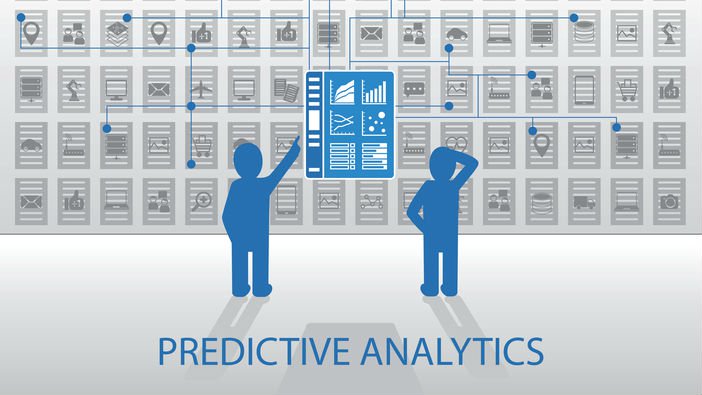Power of Predictive Analytics

Last Updated December 29, 2016
In business, analytics help companies optimize processes internally and externally. Some types of analytical data focuses on improving existing processes, while other data helps provide insights into predicting future behavior. This is the concept of predictive analytics, a data mining tool companies use to increase their bottom line, identify risks and opportunities and guide decision making.
According to the Statistical Analysis System Institute (SAS), predictive analytics uses big data, statistical algorithms and machine learning techniques to predict the probability of future outcomes and trends based on historical data.
Reports have shown that businesses are spending an estimated $36 billion on the storage and infrastructure of data. Big data investments are projected to double by the end of the decade, eventually accounting for more than $72 billion, according to a 2016 report by SNS Telecom. As a result, many companies have hired data analysts and data scientists to help collect the vast amount of structured and unstructured data, compile it and then provide analysis based on that data.
Why is Predictive Analytics Important?
Traditionally, big data is compiled to understand customer habits or identify business trends. Predictive analytics, on the other hand, gives a probability for how a particular customer will behave in a future situation and how they might react to the different interactions between them and the business. Predictive analytics can help businesses discover patterns in data that can help expose problems and identify opportunities for growth.
According to the SAS Institute, some of the most common uses of predictive analytics in business include:
- Detecting fraud
- Optimizing marketing campaigns
- Improving operations
- Reducing risk
How Does Predictive Analytics Work?
As big data continues to grow in demand, it is important for professionals, especially those without an understanding of data science or business analysis, to learn the basics of predictive analytics technology and how it works.
According to the Harvard Business Review, successful predictive analytics strategies need three things.
- Data – The most common barrier faced by organizations trying to implement predictive analytics is a lack of reliable data.
- Statistics – Regression analysis, which estimates relationships among different variables, is the primary tool used by organizations for predictive analytics.
- Assumptions – Every predictive model has an assumption behind it, and it is important to know what that assumption is and monitor whether it is still true. The general assumption in predictive analytics is that the future will continue to mimic the past.
Businesses that are able to gather enough relevant data, develop the right type of statistical model and monitor their assumptions carefully will typically produce more accurate predictions of the future.
What Industries Use Predictive Analytics?
Implementing predictive analytics can help companies increase revenue, improve business processes, reduce risk and provide a forecast of future behaviors and trends in the industry. Here are a few examples of how predictive analytics principles can be applied to an industry:
Retail – Retail companies can use predictive analytics to drive predictive search to their websites and offer recommendations to their customers, according to an article by Business2Community. A key benefit of predictive analytics for retail companies is the real-time processing of past data, which makes it possible to offer customers content based on their browsing history. According to SAS, Staples, the office supply retailer, achieved a 137% ROI by using predictive analytics to better understand and serve their customers.
Healthcare – Due to the large amount of medical data and electronic health records, predictive analytics in healthcare typically involves a much larger amount of metrics and data points. However, with more data comes more opportunities to learn from that data. Healthcare professionals can use predictive analytics to analyze patient data, which can help doctors forecast the possibility of illness and help with early diagnosis. Predictive measures like this can reduce hospital re-admissions, lower healthcare costs, identify high-risk patients, reduce hospital wait times and promote healthy initiatives.
Banking and Finance – When it comes to the financial industry, there are huge amounts of data and money being put at risk on a daily basis. However, this industry is no stranger to predictive analytics. Financial institutions often use predictive models to gauge a candidate’s credit card spending, optimize risk management, detect and reduce fraud, increase customer retention and maximize selling opportunities. Overall, predictive analytics helps the banking and financial industry make customer-focused decisions, forecast the likelihood of fraudulent activity and understand and rectify customer satisfaction and complaint trends.





